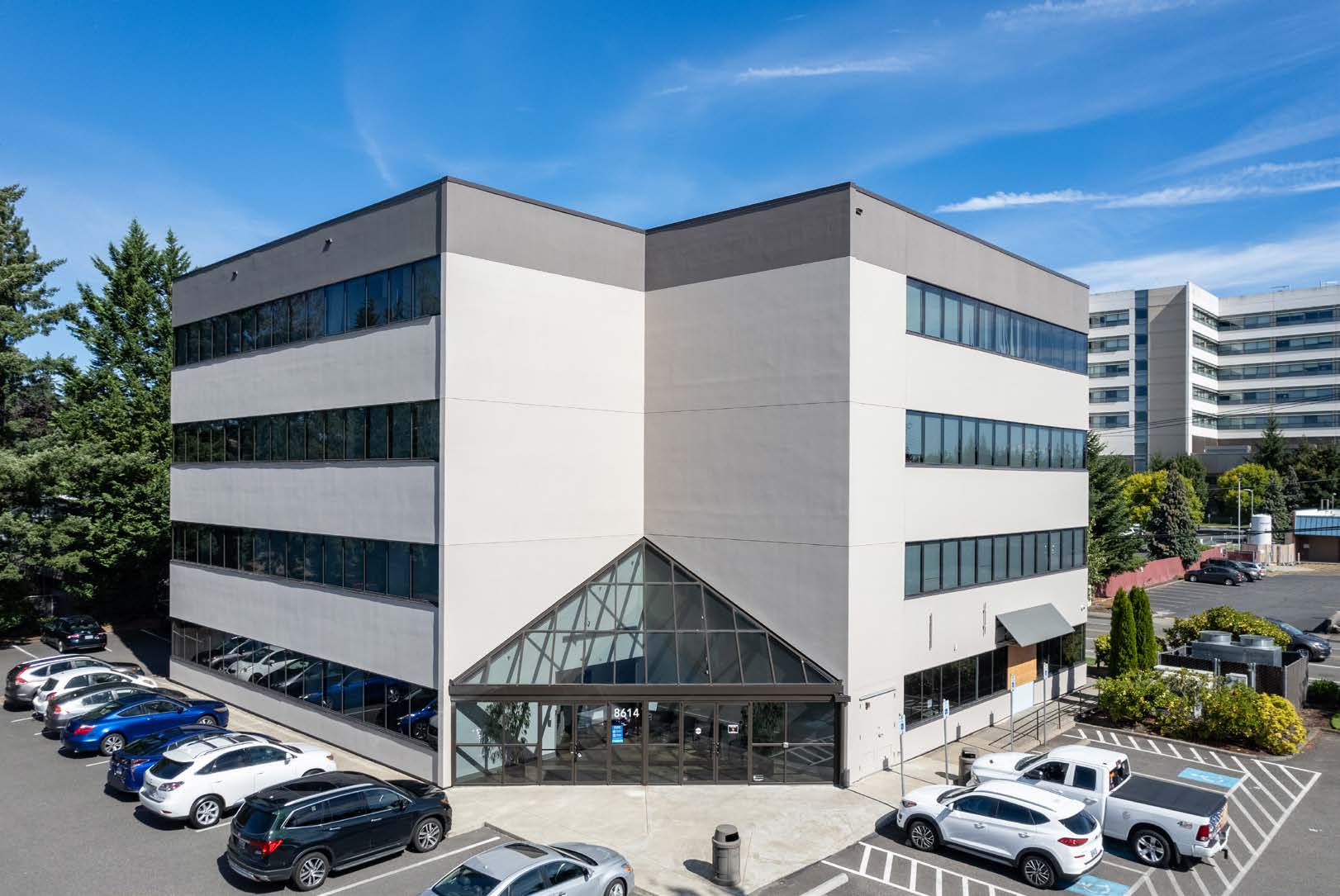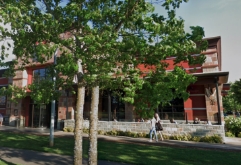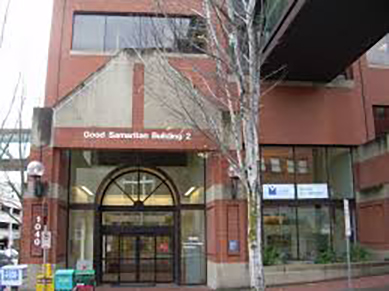Benign Cysts
Occasionally small masses develop underneath the skin that can be sore. These little cysts can occur due to occluded hair follicles. These cysts can become infected with bacteria, resulting in increased pain and redness and occasionally drainage. When that occurs, the cyst must be removed either in the office or in the operating room depending on location and size.
Skin Cancer
There are several types of skin cancers that can occur – squamous cell, basal cell, and melanoma. These may require removal to properly treat these skin cancers. Often a biopsy of these lesions is the first step in identifying a possible skin cancer which may be performed in the office. Skin changes such as increased size, discoloration and irregular borders should be an alert to be evaluated for skin cancer.
Ventriculoperitoneal Shunt
For patients with hydrocephalus, the Neurosurgeons may need to place a shunt to decrease the pressure which is tunneled into the abdominal cavity for drainage. A ventriculoperitoneal shunt can be placed with laparoscopic assistance at the direction of the Neurosurgeon.
Gallbladder disease
One of the most common general surgery procedures performed is removal of the gallbladder (cholecystectomy). Often this presents with right upper abdominal pain after heavy meals. It is more common in women and over the age of 40. The gallbladder may contain gallstones that cause this pain. Usually an ultrasound is used to help identify the presence of gallstones. Often removal of the gallbladder can help resolve the pain. This procedure is performed laparoscopically through several small incisions.
Skin tumors/masses
One of the most common types of masses that appear under the skin is called a lipoma. These are benign fatty tumors present under the skin. They can be single or multiple locations throughout the body. While benign, these skin tumors can cause discomfort especially at pressure points. By removal of these skin tumors, the pain can be treated. Depending on the size and location of these skin tumors, they may be removed in the office or in the operating room.
Peritoneal dialysis access
For patients who require dialysis in the future, one access method is to place a catheter in the peritoneal cavity. A peritoneal dialysis catheter allows fluid to be placed in the abdomen to help exchange toxins in the body, and then to be drained out of the body. Peritoneal dialysis is performed daily and requires a catheter to be placed for exchange of fluid. The peritoneal dialysis catheter is placed laparoscopically through several small incisions.


